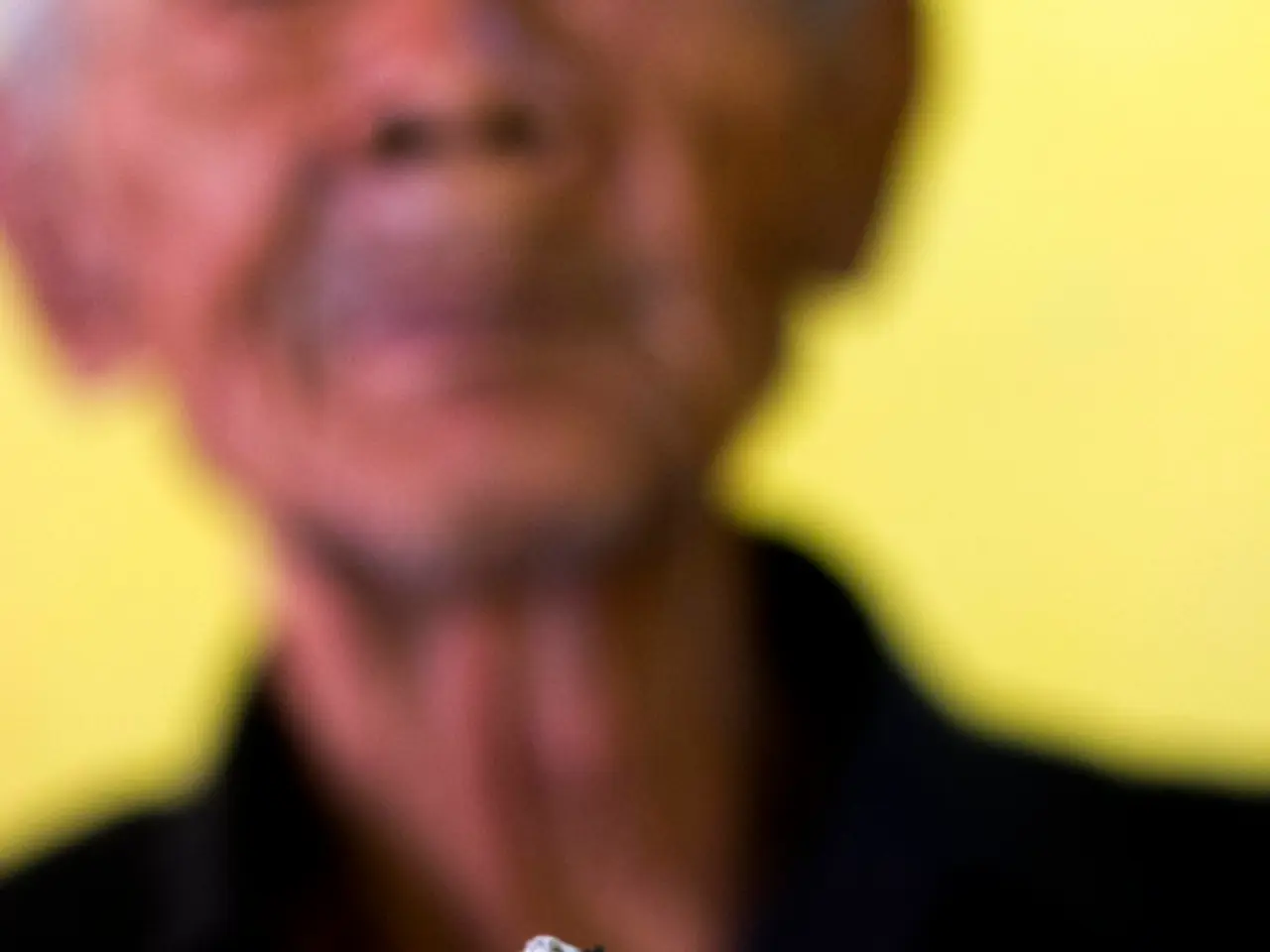Secondhand Smoke Kills 1.2 Million Annually, WHO Warns
Secondhand smoke poses a significant threat to nonsmokers, particularly children, with potentially severe health consequences. The World Health Organization (WHO) reports that over 1.2 million people worldwide die annually due to exposure to secondhand smoke.
Secondhand smoke, also known as passive smoke, is a mix of sidestream smoke (emitted from the burning end of a cigarette, pipe, or cigar) and mainstream smoke (exhaled by the smoker). It contains over 7,000 chemicals, with at least 69 causing cancer and over 250 harmful in other ways, such as nicotine, carbon monoxide, and formaldehyde. Exposure to these chemicals can lead to lung health issues, respiratory infections, ear infections, and even brain tumors in children. Adults are not spared, with secondhand smoke linked to heart disease, stroke, asthma, lung cancer, and other cancers. Despite the known risks, 58 million American nonsmokers and 1.2 million people worldwide still suffer premature deaths due to secondhand smoke exposure in various places like bars, cars, homes, and workplaces. Direct smoking, of course, is worse, but both firsthand and secondhand smoke cause serious health effects.
The global impact of secondhand smoke is undeniable, with over 1.2 million deaths annually. Protecting nonsmokers, especially children, from this preventable hazard should be a priority. Awareness of the dangers and stricter smoke-free policies can help reduce these alarming figures.







